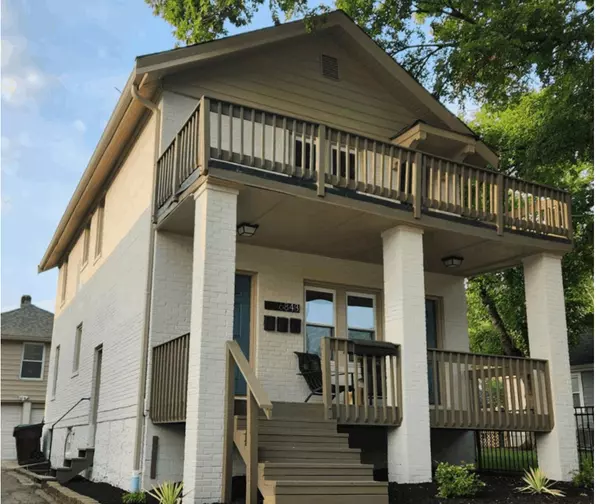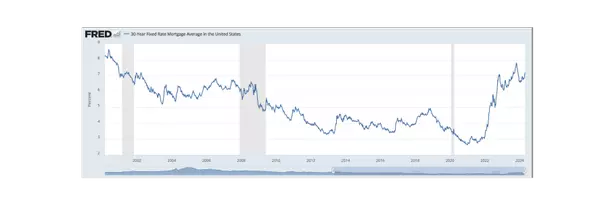Financing For Investors Getting Creative

How to make deals happen when cash is low!
If you are anything like me and earn a great but modest income that gives you just enough capital to invest in a single rental property every year, but you want to scale faster, try thinking outside the box. This has been my scenario for the past 18 months. Debating with myself on whether to spend hard earned cash or wait just a little longer to save more. The fact of the matter is that not many individuals have the capital to purchase multiple investment properties within one year, so you are not alone. Here we are going to discuss how investors are able to scale at the rate that they do, and the answer is simple; “Creative Financing.”
If you are pursuing the traditional route, when you purchase an investment property the bank will ask for a down payment that is 20-30% of the total purchase price. For example: If the property costs 500,000 the buyer will have to bring a minimum of 100,000 dollars to closing. You will sign a mortgage stating that you owe the bank the remainder of the purchase price. There will be a transfer of funds from the buying side to the selling side. There will also be a transfer of deed from the selling side to the buying side (to summarize it). Getting creative with your financing methods will prove beneficial when you don’t want to spend, or don’t have, a 20-30% down payment. It will also be your only option if the bank will not give you a loan for your requested amount, which can happen for multiple reasons.
Methods:
There are many methods of creative financing and even more that have not been discovered. Here are my favorite techniques for creative financing on Long Term Rentals specifically.
1. Seller Financing:
Seller financing removes the bank from the equation, in fact it also removes the loan all together. When seller financing, the buyer makes an agreement with the seller to purchase their property at a designated price. The buyer will pay the seller the purchase price in monthly installments until the entire balance is paid in full. As insurance, the seller will hold a lien or second mortgage on the property until the balance is paid.
This is neat because of the simplicity. By removing the bank from the transaction, the many tedious steps of the lending process are eliminated. The key to seller financing is finding a motivated seller and pitching seller financing in a way that they can understand. This may be hard to do because often times sellers would prefer to wipe their hands of the property completely with a conventional sale.
If you pitch seller financing properly this may be a great way for you to structure a deal while keeping cash in your pocket.
2. Master lease with option to buy:
This is a method that I recently learned about and fell in love with the idea. It involved leasing the property from the current owner at a monthly price that is equal to that of the current rents. You then make improvements to the property and increase the rents according to the added value. The owner of the property will be responsible for paying the mortgage, taxes, insurance and any major capital expenses (roof, new furnace, etc.) while all other expenses will fall on you. After paying your monthly lease and any other expenses you pocket the remaining cash.
At the end of the lease, you will have the option to buy the property at the value when the lease was initiated. You will have spent 5 years collecting cash flow and should have enough cash for a down payment.
Again, your success in executing this method will largely depend upon how you pitch this to the seller. You want to target a property that has low rents comparable to the surrounding properties, with an owner who wants to be more hands off and just relax while collecting passive income.
I like this method because even if you decide not to purchase the property it is a great way to get some cash flow with very little initial investment.
3. Allowing a 3rd party investor to take a second mortgage.
Add value…. Refinance…. Then use the new found equity to pay back your investor the down payment amount.
The Third and final method we will discuss today is using private money to fund the down payment. In order for this method to work you will have to come up with the entire down payment yourself, and close the deal. Then, after closing, you can contact a third party investor and ask them to write you a check for the sum of the down payment. In return you will allow the investor to take a second position lien on your property and you will pay them interest on the money they have given you. At the end of the negotiated term you will return the investors money in full plus interest.
Doing so will allow you to finance 100% of the project. At the end of the term and after adding value to the property you will then re-finance to pay back the hard money lender. When using this method, you will want to make sure that you are able to add value to the property you are purchasing. This method is best for individuals who have the capital to purchase the property themselves but want to keep their cash on hand for other investment opportunities.
I want to emphasize that these are my favorites for purchasing Investment Rental Properties. Finding money for rehab projects or other real estate ventures differs slightly. As an investor getting creative with financing deals is key to scaling a real estate portfolio. There is no right or wrong way to structure a deal, think outside the box and create a plan that is mutually beneficial for everyone involved.
If you have any creative financing ideas, feel free to share!
-Cameron Gunnels

Categories
Recent Posts

2024 Buildium Renters Report

Why Hire a Property Manager? Understanding the Benefits and Considerations.

2025 Market Outlook

2024 Recap

The Effect of Out-of-State Investors

What Happens When Rates Drop?

Mortgage Rate Trends in 2024: Expert Insights and Predictions

NAR Settlement (Fact vs Fiction)

First Steps for a First-Time Home Buyer:

2023 Real Estate Market Recap
"My job is to find and attract mastery-based agents to the office, protect the culture, and make sure everyone is happy! "
